What is Metabolic Quenching?
Representative and valid cytoplasmic concentrations are essential for ensuring the significance of results in the field of metabolome analysis. One of the most crucial points in this respect is the sampling itself.
Metabolic quenching is a rapid and sudden stopping of the metabolism on a timescale that is much faster than the conversion rates of investigated metabolites. The high turnover rates not only require a rapid quenching technique, but also the correct application. By applying robust techniques like rapid sampling in combination with reproducible sample processing, we can ensure fast and reliable metabolic inactivation during all steps.
To minimize metabolic turnover rates, we recommend to quickly freeze samples in liquid nitrogen immediately after collection and store all samples at -80°C prior to sample transfer to the CIT. Cold ammonium formate buffer (provided by CIT upon request) may be added to tissue and cell samples to remove residual enzymatic activity. Finally, freeze-thaw cycles should be avoided as much as possible.


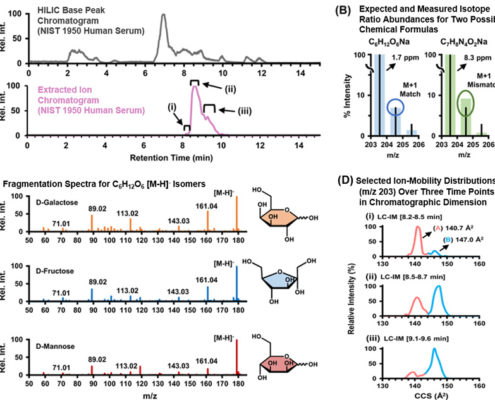
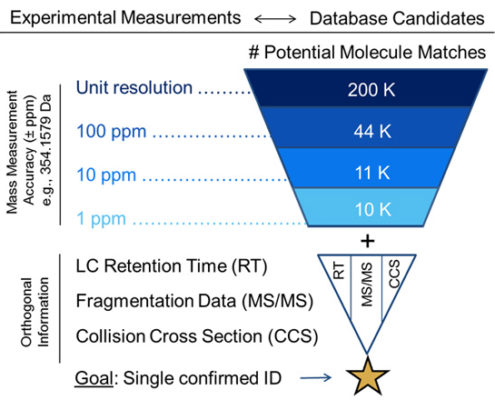
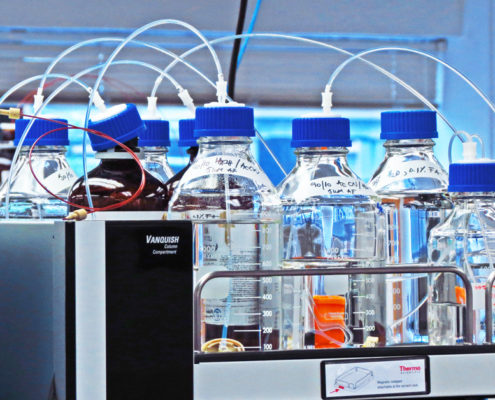
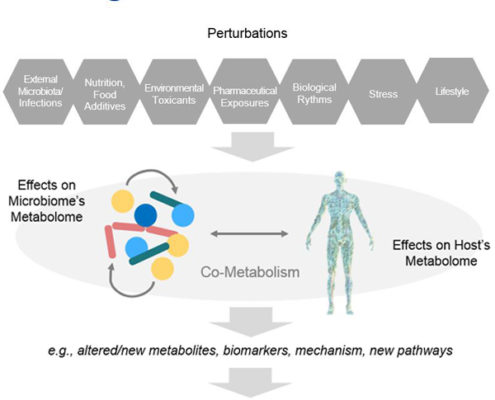

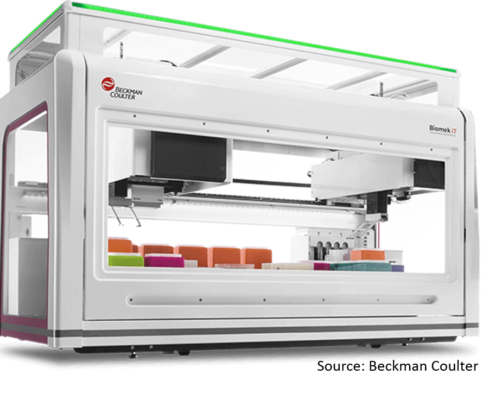
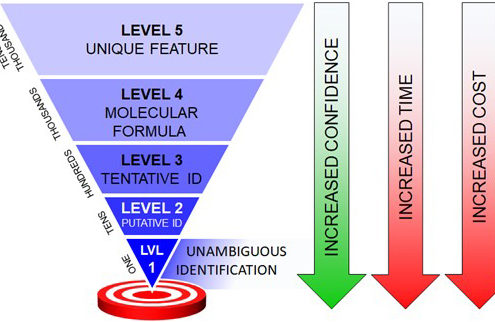
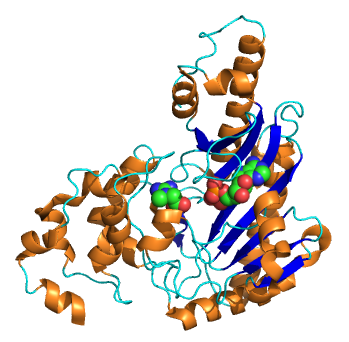

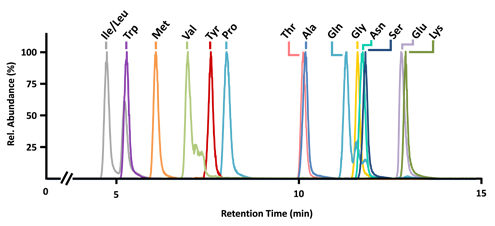

 Follow Us
Follow Us
